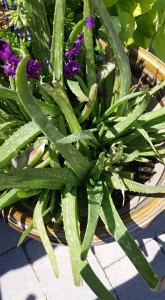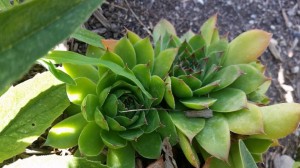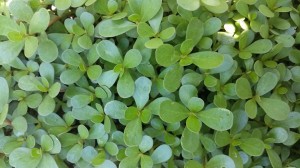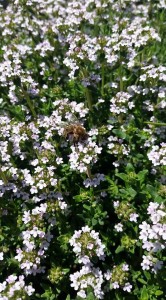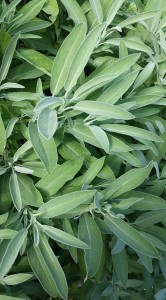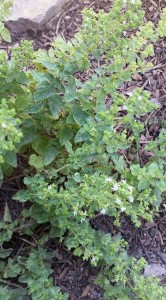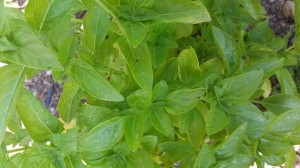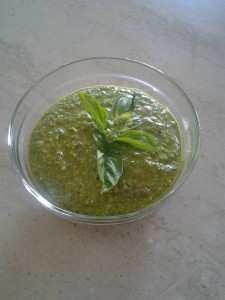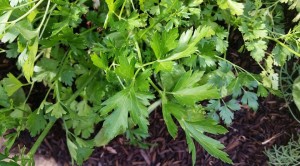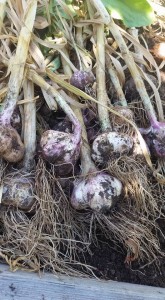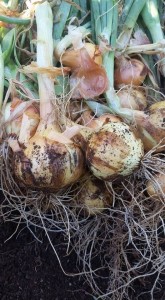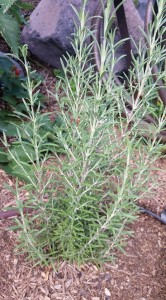
Medicinal Herb Post #35 written July 30,2018
Rosemary – Rosmarinus officinalis
Native to the Mediterranean, Rosemary means “dew of the sea” as it grows wild along the sunny hillsides next to the sea. It is a perennial in zones 7-10, like warmer climates in St. George. There is a variety named Arp that is supposed to do well here in Northern Utah. I have yet to find a micro-climate in my yard to get it to live through our colder winters. But I keep trying  . I’ve had a few live, but only if the winters are mild. Rosemary prefers full sun. It doesn’t like to be over watered, but it doesn’t want to be completely dried out either. Spray the leaves with a water bottle in between waterings weekly to keep it happy. I always keep one in a pot and bring inside during the winter months to use for cooking. Be sure to keep it in a sunny window and/or under lights or powdery mildew will take over. If you are growing one outside just be sure to trim any dead branches that may be affected by cold temps. When harvesting, cut the sprigs almost to the ground working from the outside in, all the way around the plant, leaving the center to continue growing. Rosemary is easily propagated by cuttings. Snip a 6-8 inch branch and place 3 inches of it in a small cup of water. Place on a sunny windowsill and watch is root out over the next few weeks. Transplant to a pot and then into the ground the second year.
. I’ve had a few live, but only if the winters are mild. Rosemary prefers full sun. It doesn’t like to be over watered, but it doesn’t want to be completely dried out either. Spray the leaves with a water bottle in between waterings weekly to keep it happy. I always keep one in a pot and bring inside during the winter months to use for cooking. Be sure to keep it in a sunny window and/or under lights or powdery mildew will take over. If you are growing one outside just be sure to trim any dead branches that may be affected by cold temps. When harvesting, cut the sprigs almost to the ground working from the outside in, all the way around the plant, leaving the center to continue growing. Rosemary is easily propagated by cuttings. Snip a 6-8 inch branch and place 3 inches of it in a small cup of water. Place on a sunny windowsill and watch is root out over the next few weeks. Transplant to a pot and then into the ground the second year.
Rosemary is well known for improving memory and increasing concentration through circulation improving brain fog, mild depression and headaches caused by vasoconstriction. It’s mildly simulating because it increases oxygen levels within the cells. It does this through improving circulation and can help with cold hands and feet. It is really beneficial for those with vein issues when used with hawthorn berries and gotu kola.
Rosemary helps the body break down fats and food waste improving digestion. When the essential oil is applied to the hair after a shower while the pores are still open within 2 minutes is can stimulate the mind, hair growth and eliminate dandruff. It can help ease muscle tension and headaches and can even work for mild depression. It contains anti-inflammatory properties which can attribute to being a mild pain reliever.
Here’s a great brain tonic: use equal parts ginkgo leaf (harvest at the end of the growing season), gotu kola leaf (if you have it), holy basil, rosemary leaf and peppermint leaf. Make a tincture or tea. Use daily, 1 tsp as a tincture 3x a day or 1 tsp as a tea at the end of the day. Herbs always take time before they start working, usually a few weeks. I like the saying use early, often and after for them to be effective.
Rosemary is also a great antiviral. It can be used for chest infections and clears excess mucus from the sinuses and lungs.
One of my favorite cookies is a rosemary butter cookie. Believe me, you’ll be pleasantly surprised! Here’s the recipe https://rootedemily.com/?p=1541
I love adding rosemary to my breads. For every 2 loaves I make, I add 1-2 tablespoons depending on your taste preference. Here’s a great recipe for a yummy chewy rustic loaf. https://rootedemily.com/?p=197
Another great idea is to infuse rosemary into olive oil over the stove top on low heat for 30-45 minutes. Turn into a salad dressing, a dip for bread or a garnish in soup.
Next time you throw a pot roast in the crock pot or roast chicken add rosemary to it. It not only tastes amazing, but it will help with digestion too.
I’d love to hear how you use rosemary!  🙂
🙂



